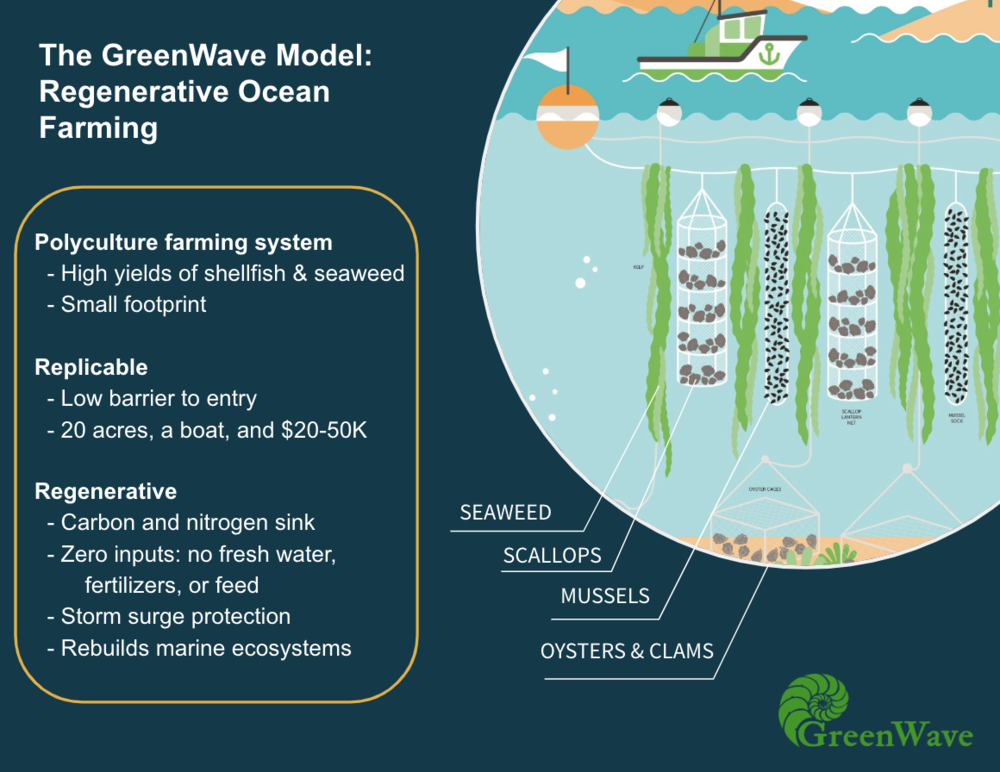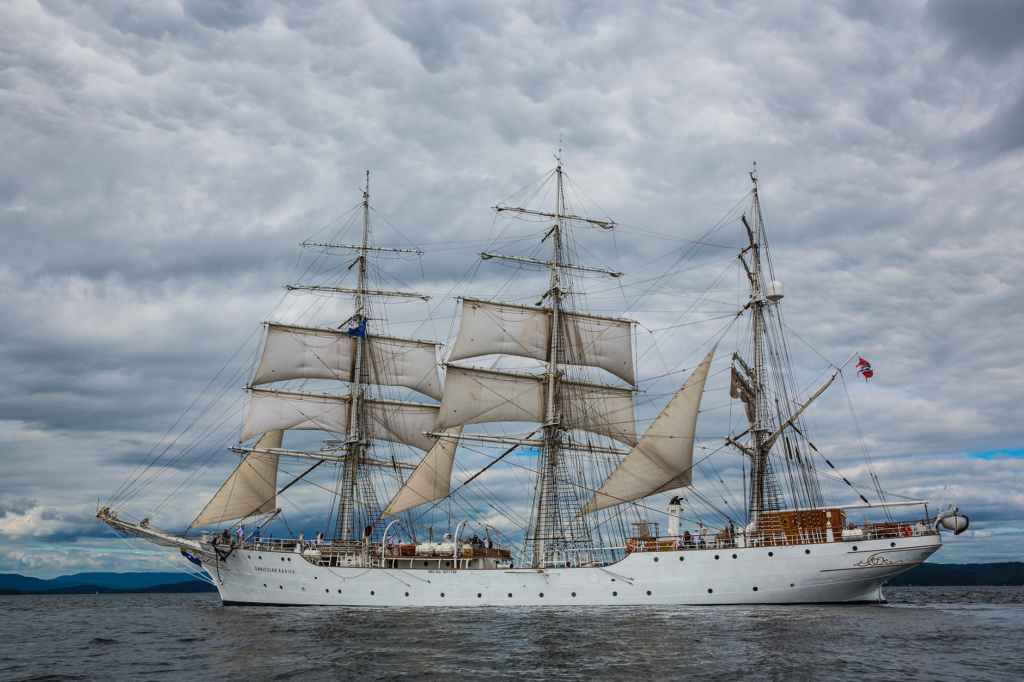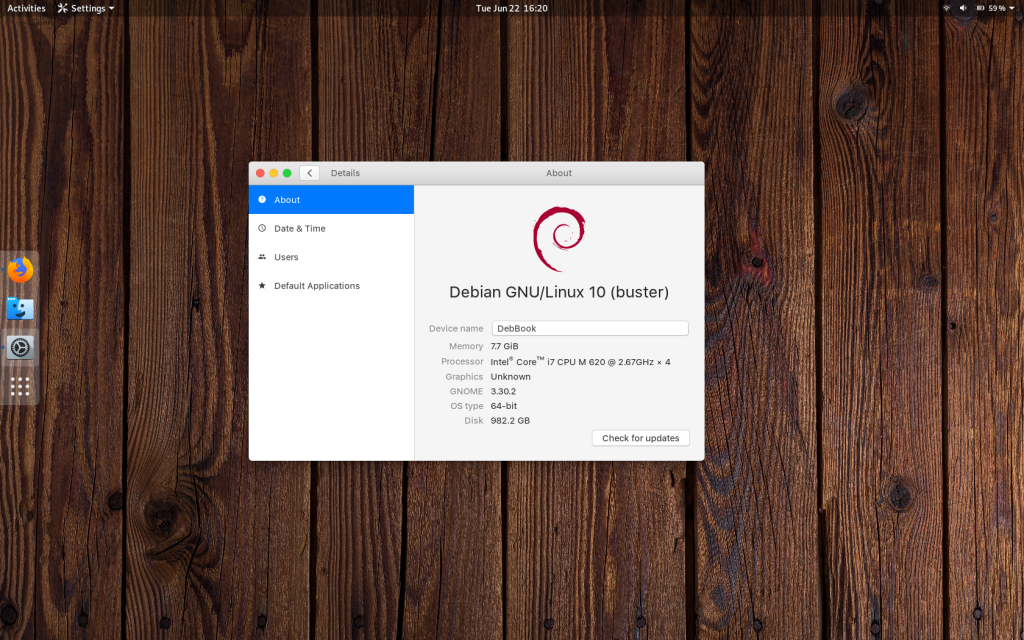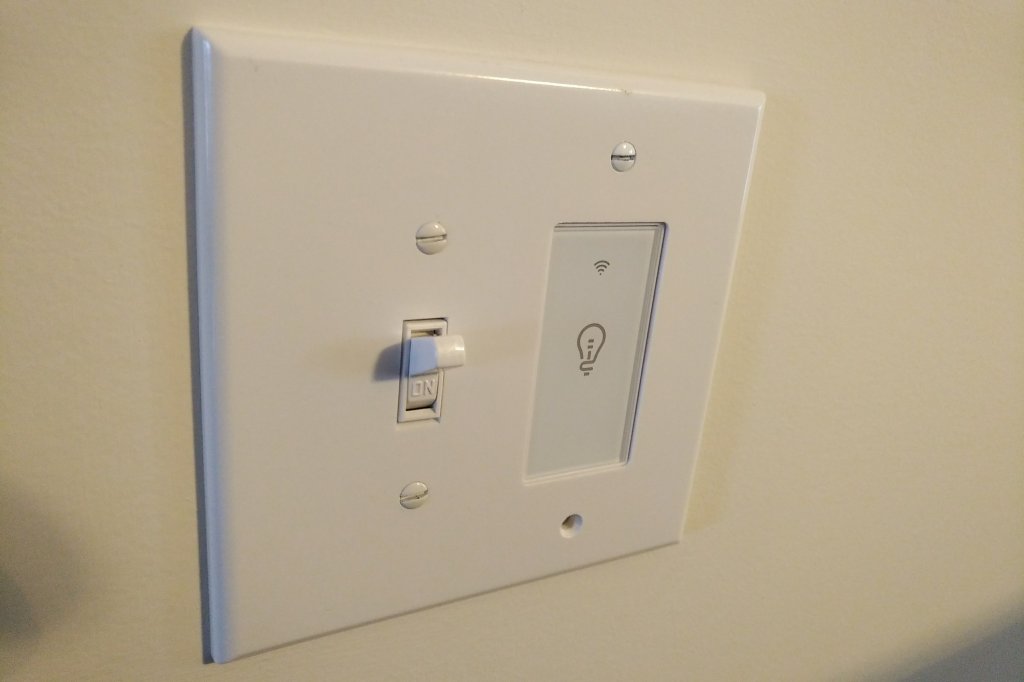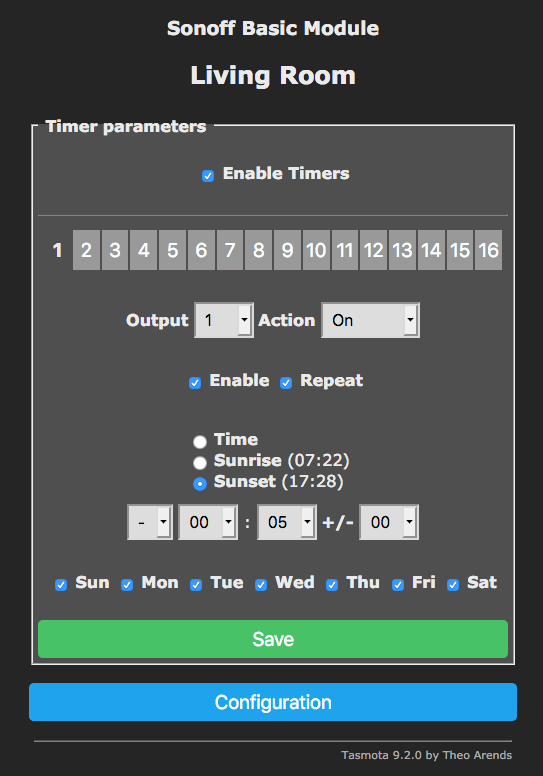
Offshore wind is gearing up in the United States. The federal government has announced a goal of 30GW of offshore wind generation by 2030 and 110GW by 2050. For reference, the current largest wind turbine available generates 15MW, so it would take 2,000 of these turbines to reach the 2030 goal if that were the only turbine type used.
One bottleneck for getting these projects started is Wind Turbine Installation Vessels (WTIVs). The first European offshore wind installations started in the 90s, but existing European ships can’t be used because of the Jones Act which stipulates that vessels operating in US seas must be built, owned, and operated by US citizens or corporations. Dominion Energy’s Charybdis WTIV is under construction in New Orleans and should be operational in 2023.
Charybdis will first get to work here in Virginia building the Coastal Virginia Offshore Wind Project. Hampton Roads, Virginia has been billing itself as a hub for the offshore wind turbine industry. There’s a long history of maritime industry on the Virginia coast, so it’s great to see these communities able to transition with the winds of change.
The Coastal Virginia Offshore Wind Project isn’t the only offshore wind farm to be in development here in the US. After the failure of the Cape Wind Project in Massachussetts, offshore wind’s future was murky in the US. However, Maine appears to be the only state explicitly rejecting offshore wind, with new projects being planned on both coasts including New Jersey and California.

As mentioned previously, one problem I see with a lot of developments in tidalpunk-related tech is that so much of it is big money, high technology equipment that is difficult to build and procure without large governments and corporations. For instance, Dominion Energy has had a stranglehold on the state legislature in Virginia for decades due to their shady business and political practices. Offshore wind offers a big opportunity for cutting carbon emissions in the grid, but I’m wary of the lack of community control over these generation resources.
As I live in the US, this blog tends toward developments here. Do you have offshore wind in your area? Let us know about it in the comments!
This is Part 3 in our feature on tidalpunk for August. See Part 1: Can Maritime Shipping Go Tidalpunk?, Part 2: Tidalpunk Food – Fishing and Farming the Sea, and Part 4: Plastics – A Tidalpunk Antagonist.

